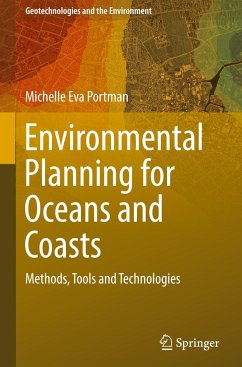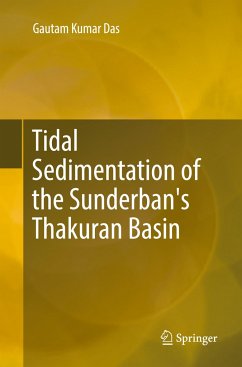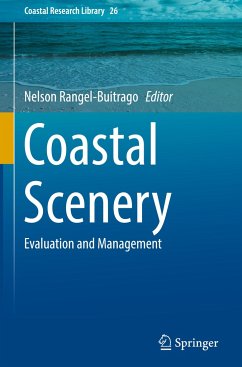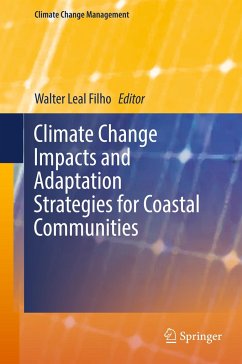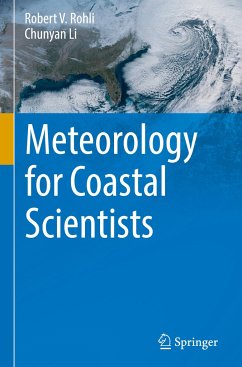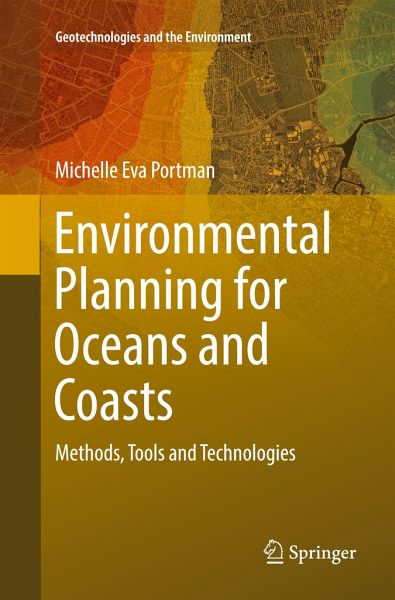
Environmental Planning for Oceans and Coasts
Methods, Tools, and Technologies
Versandkostenfrei!
Versandfertig in 6-10 Tagen
106,99 €
inkl. MwSt.
Weitere Ausgaben:

PAYBACK Punkte
53 °P sammeln!
This book informs environmental planning professionals, students and those interested in oceans and coasts from an environmental perspective about what is needed for planning and management of these unique environments. It is comprised of twelve chapters organized in three parts. Part I highlights the basics tenets of environmental planning for oceans and coasts including important concepts from the general field of planning and coastal and ocean management (e.g., hydrography, oceans policy and law, geomorphology). Environmental problems inherent within oceans and coasts (such as sea level ris...
This book informs environmental planning professionals, students and those interested in oceans and coasts from an environmental perspective about what is needed for planning and management of these unique environments. It is comprised of twelve chapters organized in three parts. Part I highlights the basics tenets of environmental planning for oceans and coasts including important concepts from the general field of planning and coastal and ocean management (e.g., hydrography, oceans policy and law, geomorphology). Environmental problems inherent within oceans and coasts (such as sea level rise, marine pollution, overdevelopment, etc.) are also addressed, especially those at the land-sea interface. Part II covers those methodological approaches regularly used by planners working to improve environmental quality and conditions of oceans and coasts among them: integrated planning and management, ecosystem services, pollution prevention, and marine spatial planning. Part III focusesspecifically on state-of-the-art tools and technologies employed by planners for marine and coastal protection. These include systematic conservation planning for protected areas, decision support tools, coastal adaptation techniques and various types of communication, including visualization, narration and tools for stakeholder participation. The final chapter in the book reviews the most important concepts covered throughout book and emphasizes the important role that environmental planners have to play in the protection and well-being of oceans and coasts. Michael K. Orbach, of the Nicholas School of the Environment at Duke University, penned the book's foreword.



